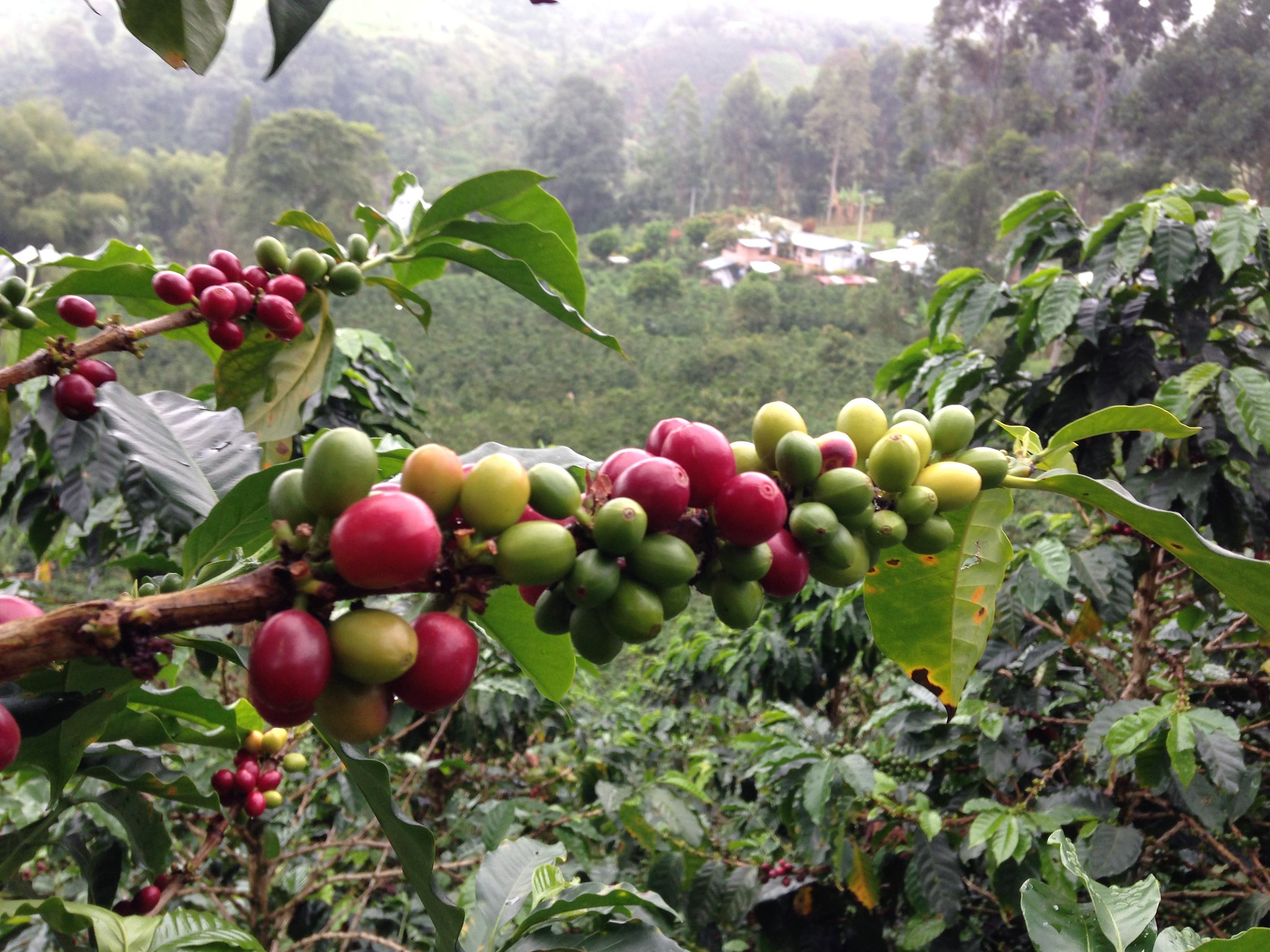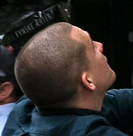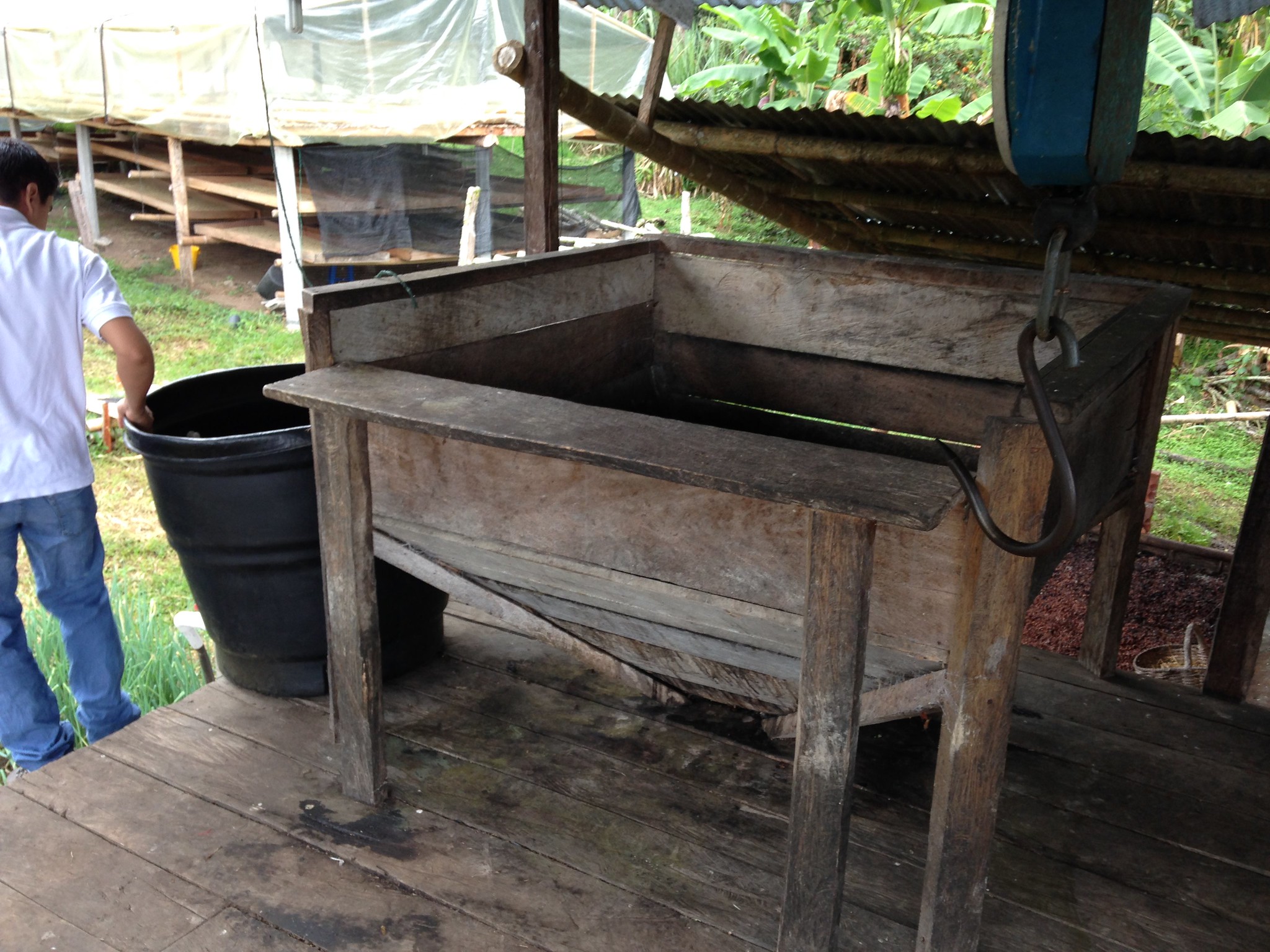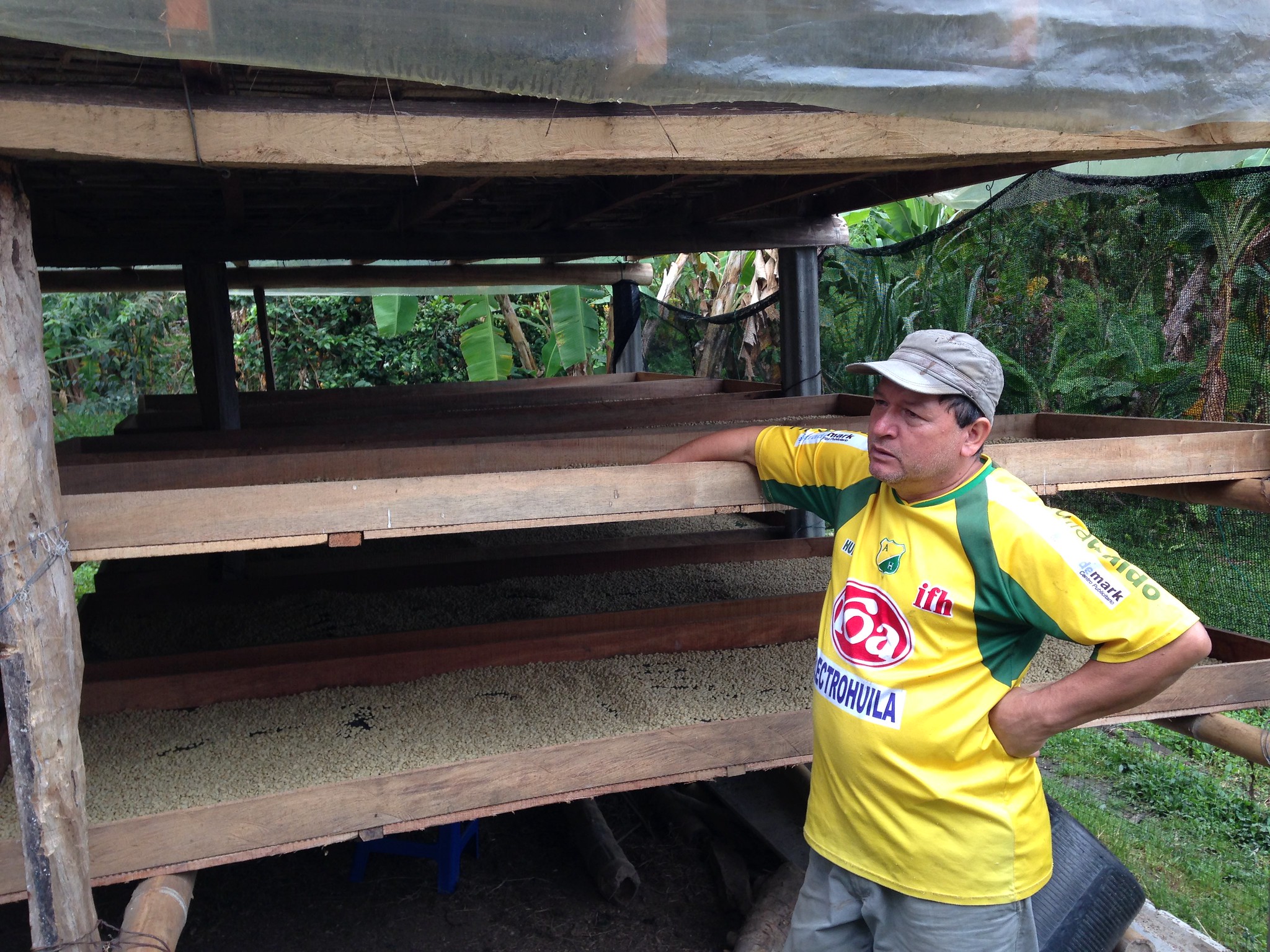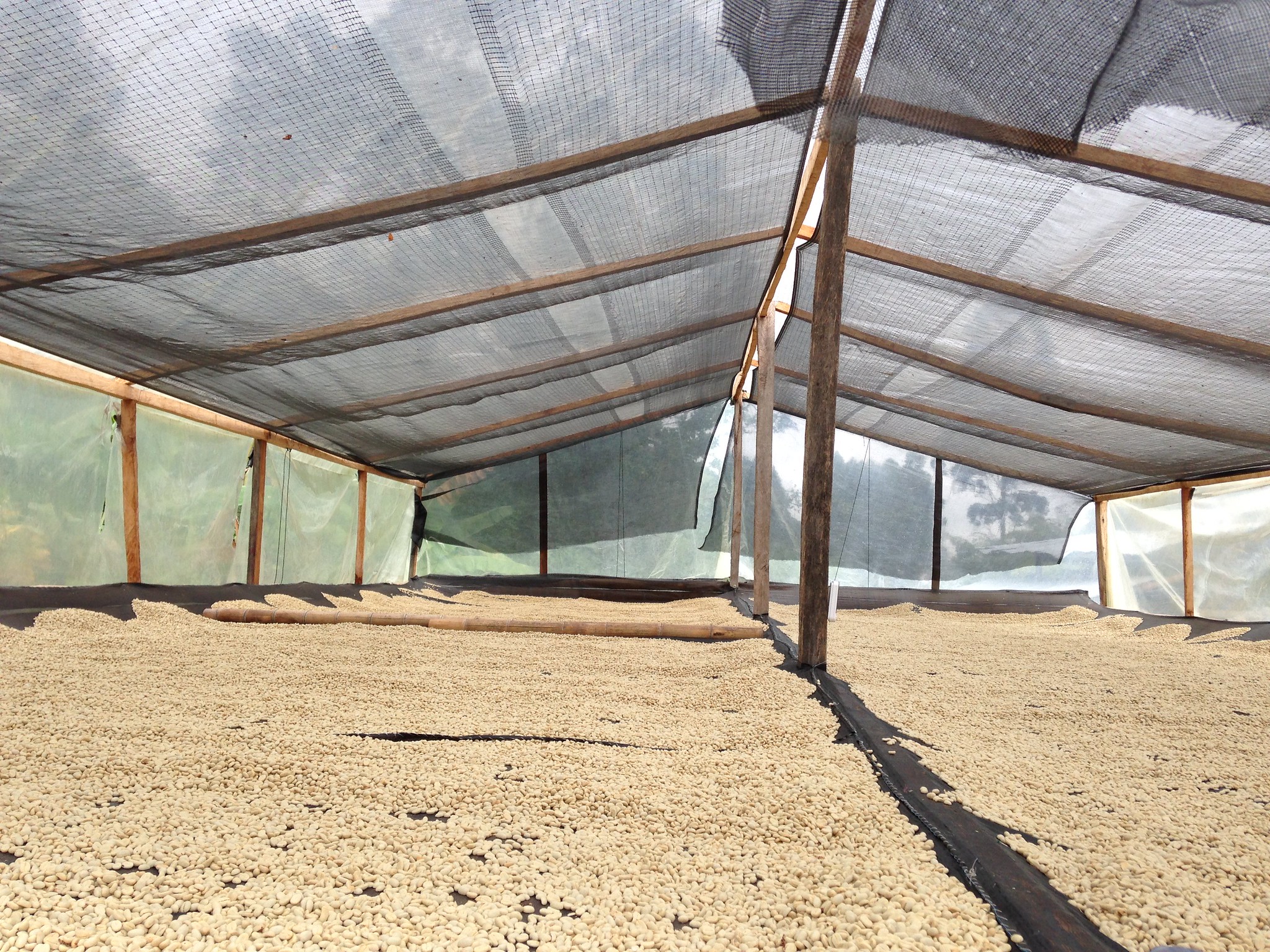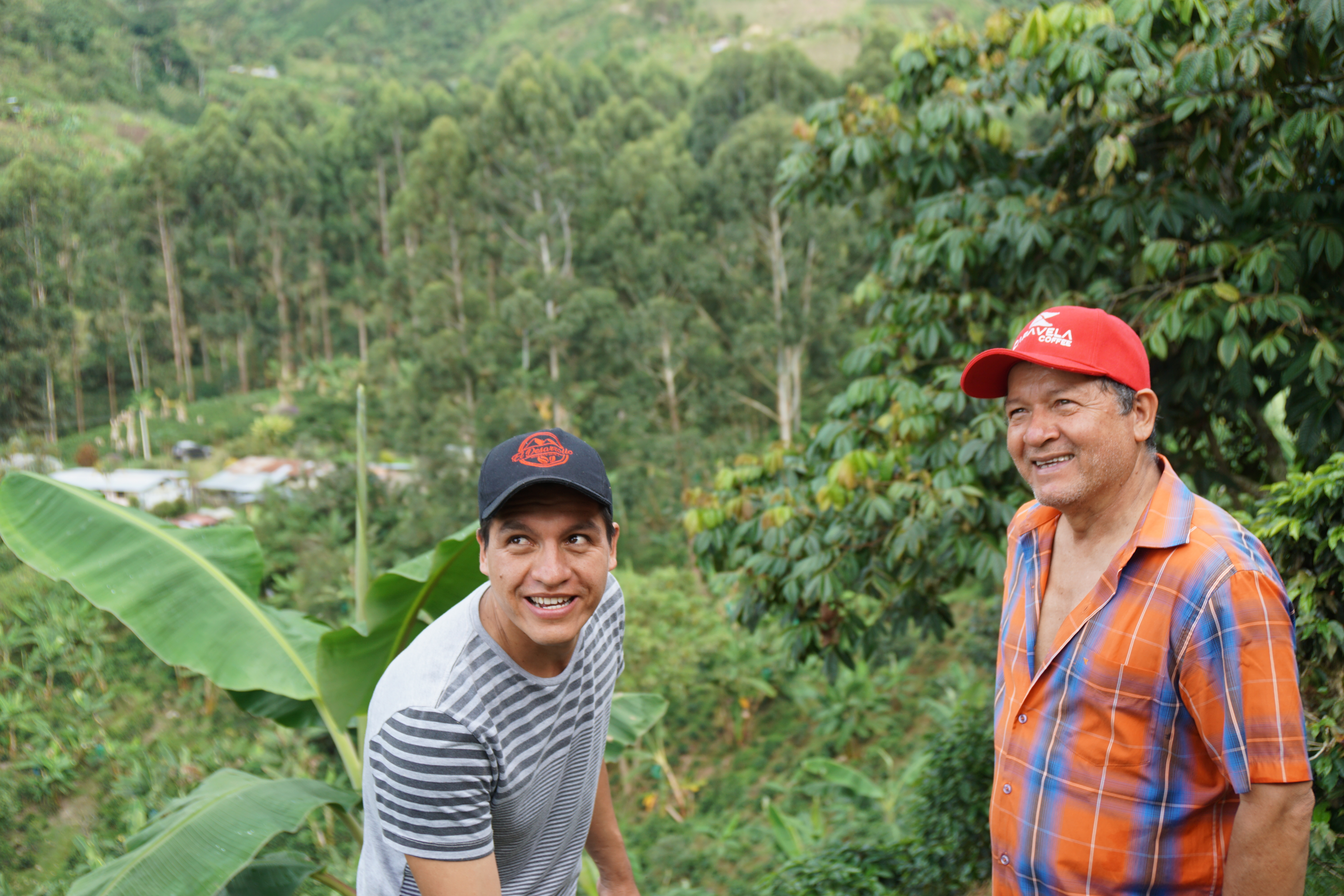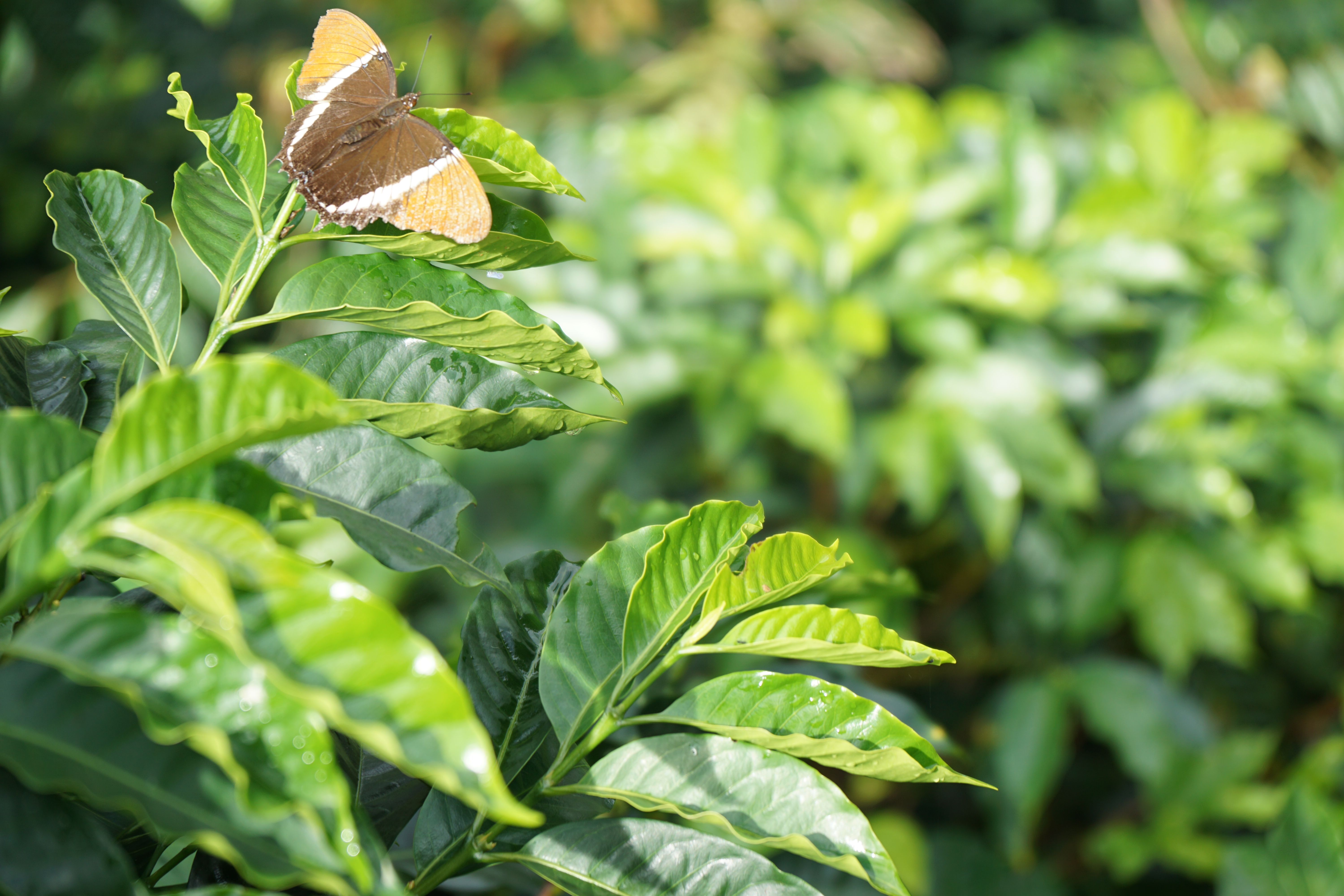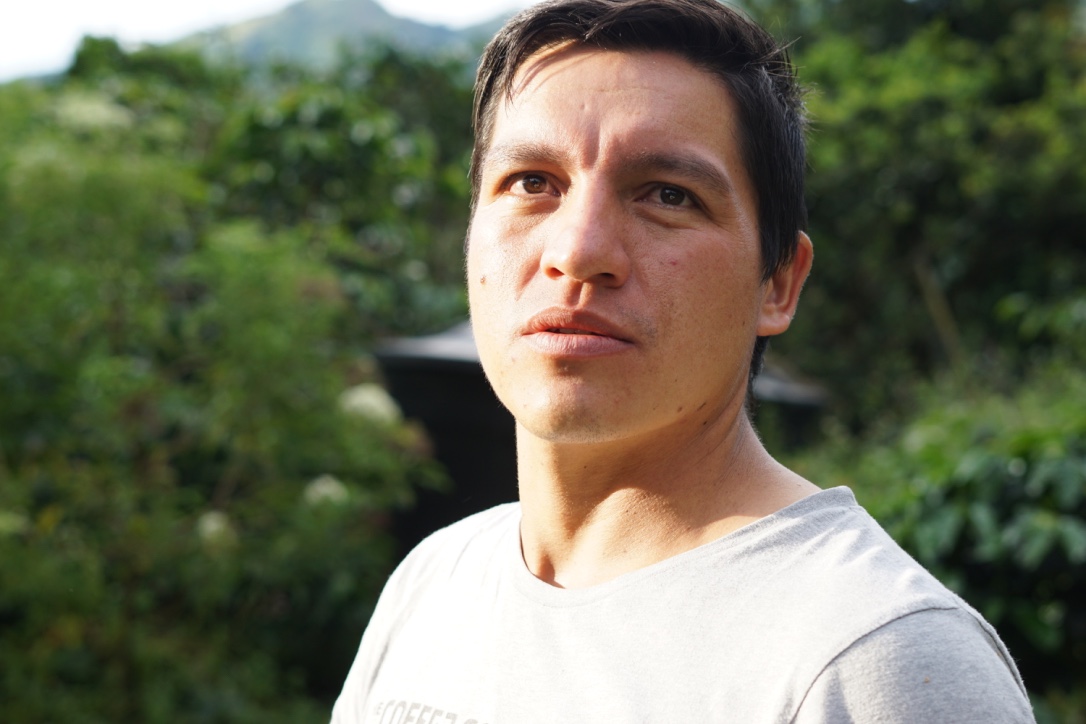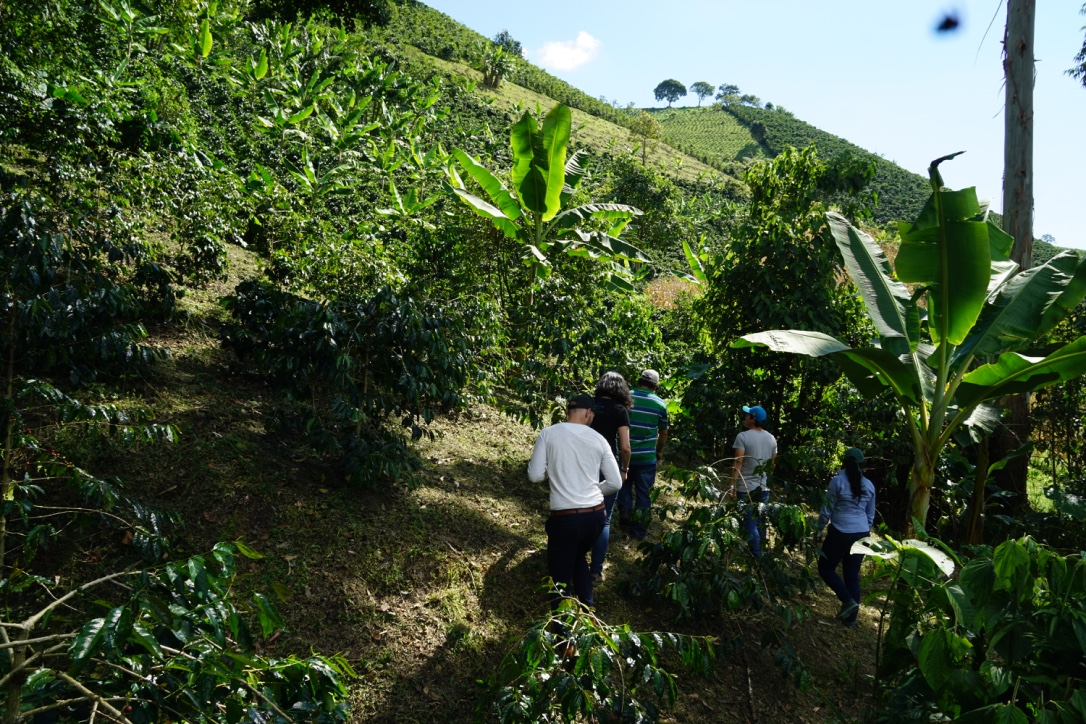Back in late October I went to the City of Gigante in Huila, Columbia, to visit the association of El Desarollo. I went with Fred Lullfitz from our exporter Virmax. When we came to Gigante we started with a visit to the Virmax cupping and storage facilities. Virmax has made a setup in Gigante where the producer can get their coffees cupped on site and if they score more than 84 points the producer will receive a premium and if it gets sold as a microlot they will receive an extra premium on top of that.
We cupped coffees from 5 different producers, it was nice to see that some of the producer showed up and cupped with us. And good to see how Virmax cupper on site gave advise and explanations to the producers based on how the coffee had performed in the cupping.
It was great to see the level of enthusiasm for seeing the result of the cupping from the producers but also to see the understanding of higher quality meaning the change to get a better price for the product they produce. The highest scoring coffee we cupped was from the producer Jaime Casallas he was there together with his son Jaime who was cupping with us. I was glad to see it performing well, since we were going to visit him at his farm the day after. Jaime has been one of the producers contributing to the El Desarollo blend we have served in the past. Also we had bought a small microlot from him that was on the way to us while I was visiting.
The day after we were driving up in the mountains to visit Jaime Casallas at his farm Finca El Prado. After tasting his coffees I was exited too see why it seemed his coffee where more intense in the aromas and acidity then the other coffees we tasted the day before. On the farm they primarily grow Caturra. It was the beginning of this picking and the trees where absolutely packed with coffee. Jaime showed us his wetmill and told us how they process the coffee.
It was interesting that everything was very clean and well maintained, except the receiving tank, which looked old and a little bit dirty. Jaime told us that this was on purpose, he had thought about putting up a steel tank instead, but since he feels the old receiving tank adds to the taste of his coffees he had let it be. Another thing he does different is leaving the picked berries in the receiving tank over night for about twelve hours before depulping. There is a risk of over fermentation when doing this, but Jaime seems to have that part under control.
After that he showed us how they dry their coffee.
Jaimes drying beds are made in three levels. The wet coffee that comes directly from depulping and washing starts at the bottom layer to drip dry. After the first drying the coffee moves up a level to dry slowly where there is still heavy shade. When the humidity is getting low it needs more heat to dry the rest, therefore the coffee is moved to the top layer where the heat is somewhat stronger.
When Jaime talked about the work he does at his farm it was clear that he is a guy that invest a lot of effort and hard work in what he does. Even though he has been producing coffee for many years he is still striving hard to make his product even better. Listening to his ideas and thoughts it was very clear how may parallels there are to the work we do in our Coffee shop.
Hopefully these efforts put together will be able to give you some good coffee experiences, we will be serving the microlot from Jamie Casallas in the shops from Friday the 16th.
Related stories
Would you like to get our different coffees delivered directly to your doorstep? We've got you covered.
Address
Coffee Collective
Godthåbsvej 34B
2000 Frederiksberg
CVR: 30706595
Contact
mail@coffeecollective.dk
+45 60 15 15 25 (09.00-15.00)
Coffee and cookies
This site uses cookies.
Find out more on how we use cookies.
